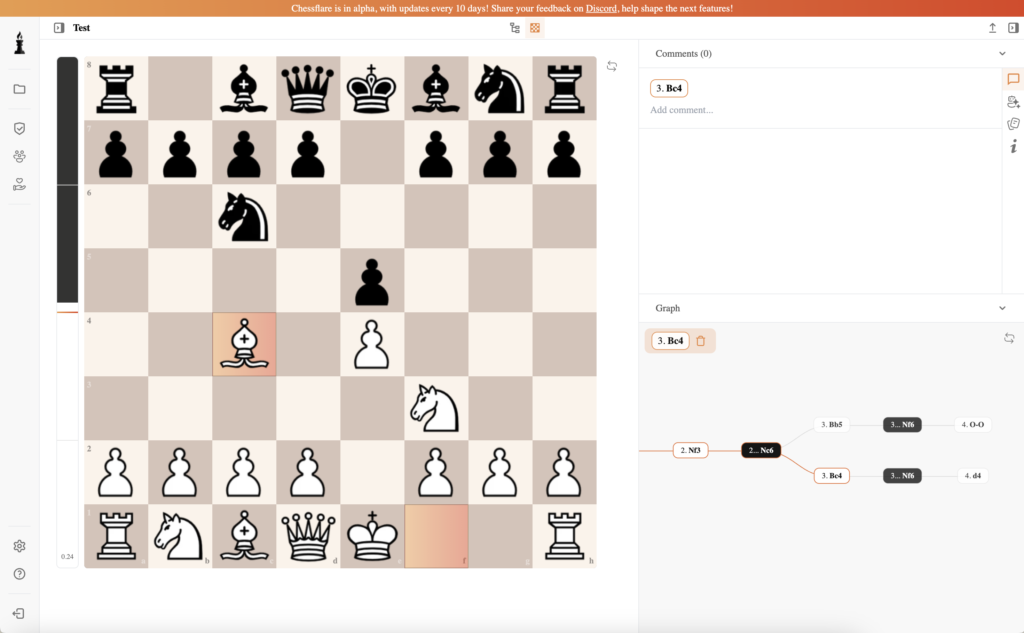A Force in Interwar Chess
Efim Bogoljubov was born in 1889 in the Kiev Governorate of the Russian Empire (now part of Ukraine). He rose to prominence during the tumultuous early 20th century, a time marked by shifting national boundaries and dramatic changes in the chess world. Initially representing Russia, Bogoljubov eventually settled in Germany, becoming a leading figure in both countries’ competitive scenes. Known for his unyielding spirit, he battled some of the best players of his era, carving out a reputation as an aggressive and resilient opponent.
World Championship Contender
Bogoljubov faced Alexander Alekhine twice for the World Championship title, in 1929 and 1934. While both matches ended in defeat, his qualification for these duels underscored his status among the chess elite. Observers noted his willingness to test bold openings that could lead to complex, double-edged middlegame battles. Although he rarely played it safe, this risk-taking approach led to numerous creative victories that still attract attention from theory enthusiasts.
Style and Contributions
Frequently lauded for his dynamic play, Bogoljubov championed openings where active piece coordination could unsettle his opponents. He often aimed for direct attacks that put pressure on vulnerable squares, reflecting a deep understanding of both tactical and positional motifs. Throughout his career, he authored articles analyzing critical games and theoretical lines, influencing the way his contemporaries approached various pawn structures and transitions between phases of the game.
Legacy Beyond Borders
Bogoljubov’s life mirrored the geopolitical shifts of his day. After distinguishing himself in Russian events, he thrived in Germany’s top tournaments, bridging two major chess cultures. His matches against Emanuel Lasker, José Raúl Capablanca, and other luminaries further enriched his legacy. Although his career culminated during a period of global unrest, the depth and breadth of his games remain a testament to his formidable skill and willingness to innovate at the board.
Efim Bogoljubov was a Russian-born, later German, chess grandmaster born in 1889. He competed at the highest levels of international chess, notably challenging Alexander Alekhine for the world championship twice.
He was known for his dynamic approach, favoring active piece play and aggressive strategies. His willingness to risk led to imaginative victories and frequent forays into complex middlegames.
Yes, he contributed analyses and opening ideas that pushed the boundaries of established theory. His writings and annotated games guided his contemporaries in exploring new lines and variations.
Despite not winning the world championship, Bogoljubov’s tenacity and creativity left a lasting impact. He bridged Russian and German chess communities and produced memorable battles against legends like Alekhine, Lasker, and Capablanca.

